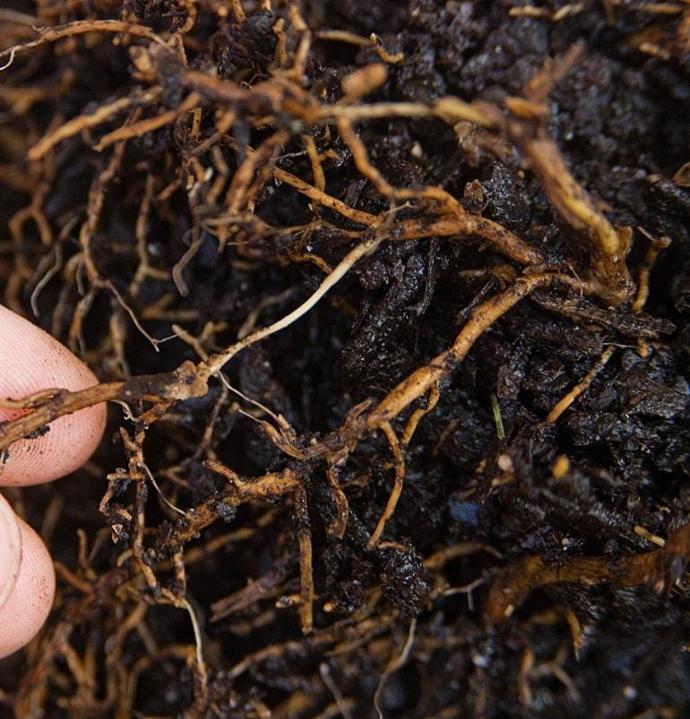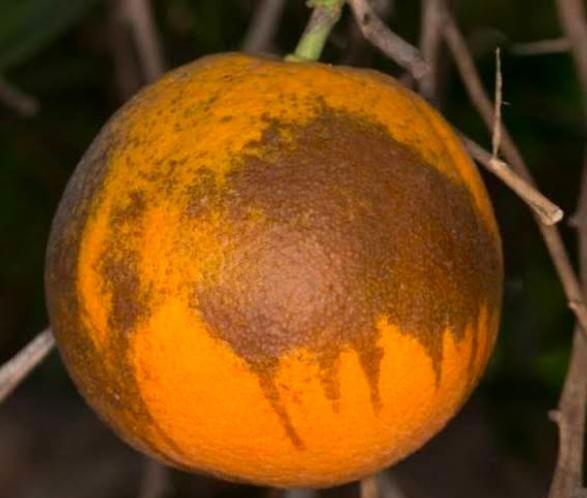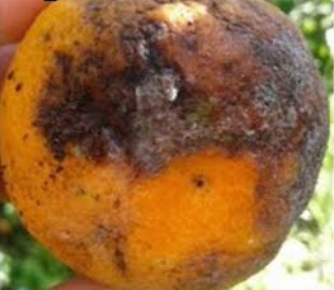Mandarin Plant
Mandarin trees, 10-15 feet tall and thriving in Zones 9-11, exhibit fast growth in well-drained soil and full sun. Known for their delicious, edible mandarins, these trees add a citrusy touch to gardens.
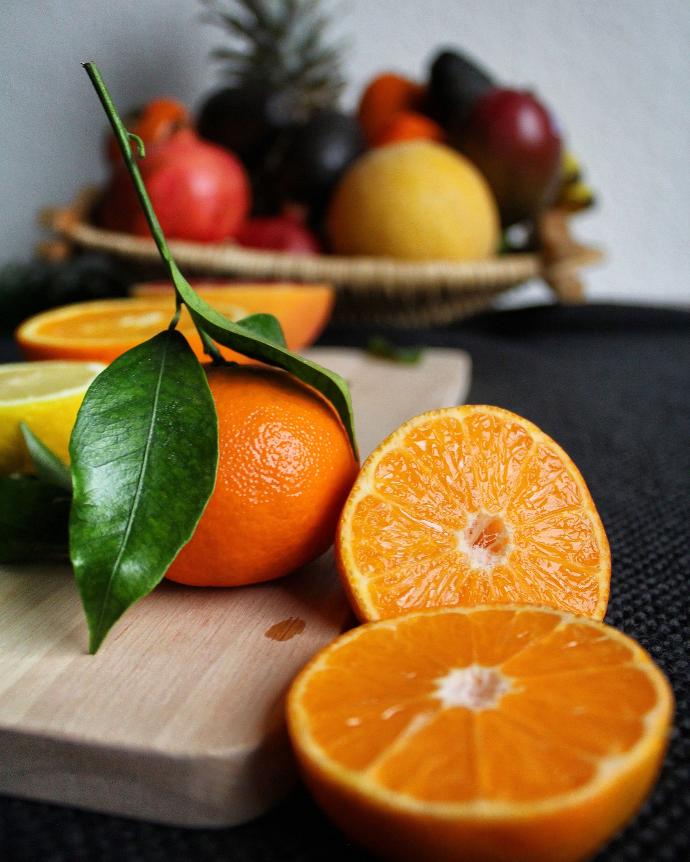
Habit
Tree
Height
2 to 3 m
Growth
Fast
Soil
Well-drained, Sandy Loam
Shade
Full Sun
Moisture
Moderate
Edible
Yes
Medicinal
Yes
Origin
China
Climatic Condition
Tropical, Subtropical
Temperature (°)
15°C to 25°C
Humidity (%)
60% to 75%
Potting media
50% Loam, 40% Sand, 10% Organic Matter
Fertilizers
Organic Fertilizer
Watering
Regular watering
Plant Weight
5 to 10 kg
Flowering Time
Winter to Spring
Soil Ph level
5.5 to 6.5
Water Ph level
6.0 to 7.0
Soil EC
0.5 to 1.0 mS/cm
Yield Per Plant
700 to 800 fruits per plant
NPK ratio
4:03:02
life Span
10 to 15 years
Health Benefits
High in Vitamin C, Immune Boost
Suggested Grow Media or Potting Mix ?
50% loamy soil, 30% compost, 20% sand
Suggested Fertigation/Fertilizers
Fertilize every 4 weeks with a balanced fertilizer.
Common Diseases and Remedies
Anthracnose , Black root rot
Pre mature drop , Yellowing of plant
Spray Panchapatri Kashayam
HEALTH BENEFITS
Supports immunity, aids digestion, and has antioxidant properties.
What Is An Mandarin Tree?
The mandarin plant, also known as mandarin or Citrus reticulata, is a small citrus tree native to Southeast Asia. It produces small, sweet fruits called tangerines or tangerines. It is a popular fruit because it is easy to peel and has a sweet taste. Tangerine plants require a warm, sunny climate and well-drained soil to grow. It is commonly grown in both commercial and home cultivation.
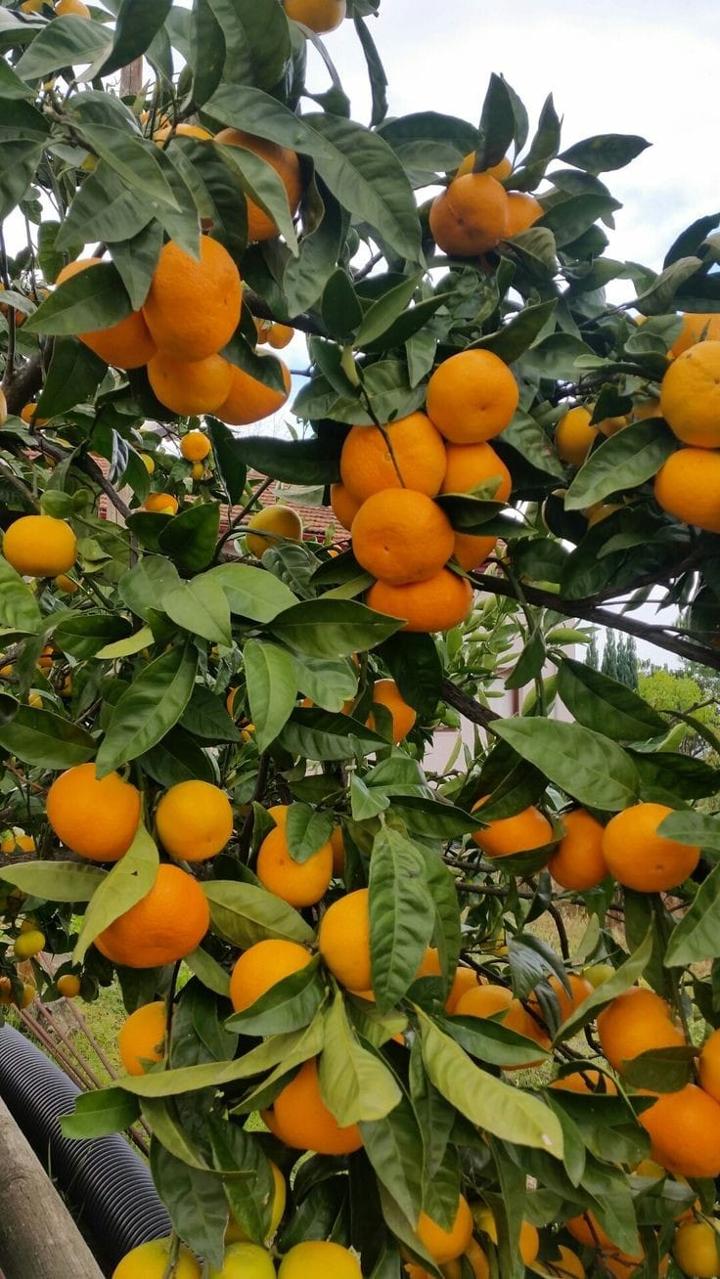
What Are The Different Types Of Mandarin Plants?
1. Satsuma
Known for its seedless, easy-to-peel, and sweet taste. Many Satsuma mandarin plants are smaller than other varieties.
2. Clementine
Another seedless variety with a deep orange colour and a slightly spicy, sweet taste. Clementines are often enjoyed as a snack or used in salads and desserts.
3. Tangerine
Tangerines plants are similar to mandarins, but are slightly larger and have a deep orange colour. They tend to be sweeter and have a stronger flavour than other types of mandarin oranges.
4. Dancy
Dancy mandarins have a rich, tangy flavour and are often used in jams and desserts. It has a thin, easy-to-peel shell and contains several seeds.
5. Honey Mandarin (Marcott)
These mandarins are known for their juicy, sweet flesh and are often larger compared to other varieties. It has a unique honey-like taste.

How to Care Mandarin Plants ?
1. Location
Mandarin orange plants thrive in warm, sunny climates and well-drained soil. It prefers temperatures between 13°C and 29°C and needs plenty of sunlight to produce sweet, juicy fruit. In terms of location, tangerine plants should be planted where they receive full sun, ideally where they receive at least 6 to 8 hours of sunlight per day. It should also be protected from strong winds, as these can damage delicate branches and fruit. It can be grown in the ground or in containers, making it suitable for both gardens and patios. Overall, choosing a warm, sunny, well-drained location is essential to successfully growing your mandarin plant.
2. Sunshine
Mandarin plants grow in full sun, ideally receiving at least 6 to 8 hours of direct sunlight each day. Adequate sunlight is essential for photosynthesis. This is the process by which plants convert light energy into chemical energy, promoting growth and fruit production. Without enough sunlight, tangerine plants can become leggy, produce less fruit, or grow poor-quality fruit. Therefore, it is important to place tangerine plants in a location that receives sufficient sunlight to ensure healthy growth and abundant fruit production.
3. Soil
Mandarin plant plants prefer well-drained soil with a slightly acidic to neutral pH of 6.0 to 7.5. Sandy loam or clay soils are ideal for growing mandarin plants because they retain some moisture and nutrients while providing good drainage. Avoid heavy clay soils as they can become waterlogged and compacted, causing root rot and poor growth. Before planting a mandarin tree, it is helpful to enrich the soil with organic matter, such as compost or well-rotted manure, to improve soil structure and fertility.
4. Hydration
Mandarin plants require regular watering, especially during dry periods or when grown in containers. Water deeply to saturate the root zone, but wait until the soil is partially dry between waterings to avoid waterlogging. Monitor soil moisture: Check soil moisture regularly by inserting your finger about 1 inch into the soil. If the soil feels dry at this depth, it's time to water. Avoid overwatering as this can cause root rot and other moisture-related problems.

5. Nourishment
To nourish your mandarin plant, make sure it receives plenty of sunlight and regular water. Use a well-drained soil mix and feed with a balanced citrus fertilizer during the growing season (spring and summer). Additionally, prune your plant from time to time to remove dead or diseased branches and promote healthy growth.
6. Issues
Pests such as aphids, scale insects, and citrus leaf diggers. It can damage leaves and affect fruit production. Plants such as tangerines are susceptible to diseases such as citrus greening, citrus canker, and root rot, which can cause leaf discoloration, wilting, and fruit deformation.
What are the Benefits of Mandarin Plants ?
Mandarins are rich in vitamin C, antioxidants, and fiber, which contribute to overall health and immune function. Tangerines are sweet, juicy, and easy to peel, making them a popular and enjoyable snack. Mandarin plants have evergreen leaves and fragrant white flowers that make them decorative additions to gardens and indoor spaces. The essential oils found in mandarin peels have aromatic properties and are used in aromatherapy, perfumes, and flavourings. Mandarin plants are relatively easy to care for and adapt to a variety of climates, making them suitable for home gardens and commercial orchards.

FAQs About Growing Mandarin
1. What are the typical characteristics of mandarin plants ?
Mandarin plants have glossy, dark green leaves that remain on the plant all year round and provide an attractive background for the fruit. It usually grows as a small to medium-sized tree or large shrub and has a rounded or slightly flared crown.
2. Can mandarin plants be grown indoors ?
Mandarin plants require bright, indirect sunlight to grow. Place your mandarin plant near a south-facing window that receives at least 6 to 8 hours of sunlight per day. If you don't have enough natural light, you can supplement it with grow lights. Mandarin plants prefer warm temperatures, growing at temperatures between 15 and 29 degrees Celsius during the day and slightly cooler temperatures at night. Do not place near drafts or heaters.
3. Is mandarin fruit commonly used for purposes other than eating it raw ?
Mandarin juice is sweet and fragrant, making it popular in fresh juices and smoothies. Mandarin fruit can be used in a variety of desserts, including cakes, tarts, tartlets, muffins, and fruit salads. Mandarin peels can also be used to flavour desserts such as cookies and ice cream.
4. How long does it take for a mandarin plant to grow and bear fruit?
The time it takes for a mandarin plant to mature and bear fruit depends on several factors, including the specific mandarin variety, growing conditions, and cultivation method. Generally, mandarin oranges take about 2 to 3 years to bear fruit under optimal growing conditions.
5. Where are mandarin plants commonly grown today ?
Mandarin plants are generally cultivated in subtropical to tropical temperate climates, where they grow and produce high-quality fruit. It can be produced.
